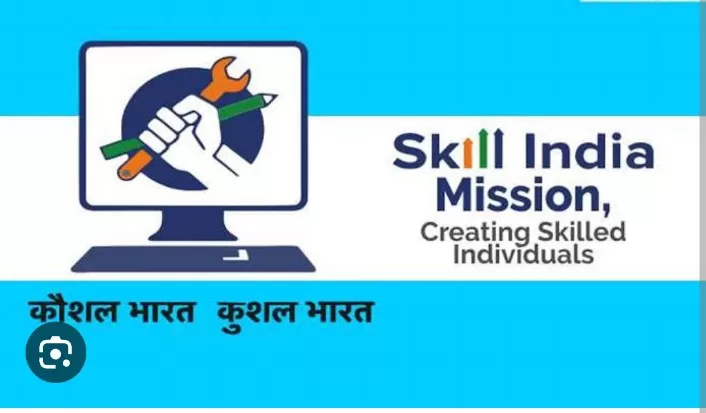In the annals of India’s policy chronicles, the “Skill India” initiative, unveiled with great pomp in 2015, stands as a paradox that beckons deeper analysis. With its lofty vision of fostering a skilled and employable workforce, the mission was envisaged to be the cornerstone of India’s socio-economic transformation. However, a discerning dissection of its progression uncovers a narrative of unfulfilled potential, replete with cognitive dissonance between policy rhetoric and the on-ground reality.
The chronicle of the Skill India saga, by virtue of empirical data, paints a rather vexing portrait. The Ministry of Skill Development and Entrepreneurship’s statistics, as of the latest update in 2021, reveal an alarming completion rate of a mere 40% for skill training programs. This irrefutable statistic stands as a testament to the discord between grand intentions and executional acumen, spotlighting a systemic disconnect that undermines the efficacy of the initiative.
The schism between training and employability emerges as a poignant critique that warrants dissection. Current metrics indicate that a meager 28% of the skilled workforce attains formal employment. This undeniable discrepancy elucidates the critical gap in the mission’s design, where skilling endeavors remain ineffectively aligned with the shifting sands of the job market.
The labyrinthine dimensions of this quandary extend to the geographical spread of skill development centers, manifesting as a spatial conundrum. The lamentable predominance of these centers in urban enclaves perpetuates an urban-rural dichotomy, accentuating the deprivation of rural youth yearning for skill augmentation. This glaring imbalance not only truncates the initiative’s aspiration of democratizing skill enhancement but also exacerbates the chasm of socio-economic disparity.
A forensic evaluation of the quality of skill training courses exposes another stratum of concern. Instances of outmoded curricula, inadequate instructional methodologies, and an absence of pragmatic orientation cast a disconcerting shadow on the efficacy of training programs. This disjuncture results in a deluge of graduates who, notwithstanding their formal training, remain ill-equipped to navigate the intricate demands of a capricious job ecosystem, thereby affording a death knell to the employability factor.
A revelatory case study that epitomizes the Skill India initiative’s tribulations lies within the textile and garment sector—a linchpin of India’s export tapestry. The sector, despite being a bulwark of economic contribution, grapples with a chronic dearth of skilled labor. This incongruity lays bare the fundamental misalignment between training impetus and industry exigencies, a dissonance that undermines the crux of India’s industrial evolution.
In the tapestry of a definitive conclusion, the inquisition into the Skill India initiative beckons towards a confluence of multitudinal intricacies—ranging from training module augmentation to forging robust employment conduits. The conundrum that the initiative embodies calls for a symphony of rectification that resonates with the rhythm of regional nuances, whilst embracing the specificity of sectoral imperatives. Only through such a holistic recalibration can the aspiration of a burgeoning Indian workforce, primed for a transformative socio-economic odyssey, be metamorphosed from conceptual conception to a palpable actuality.




